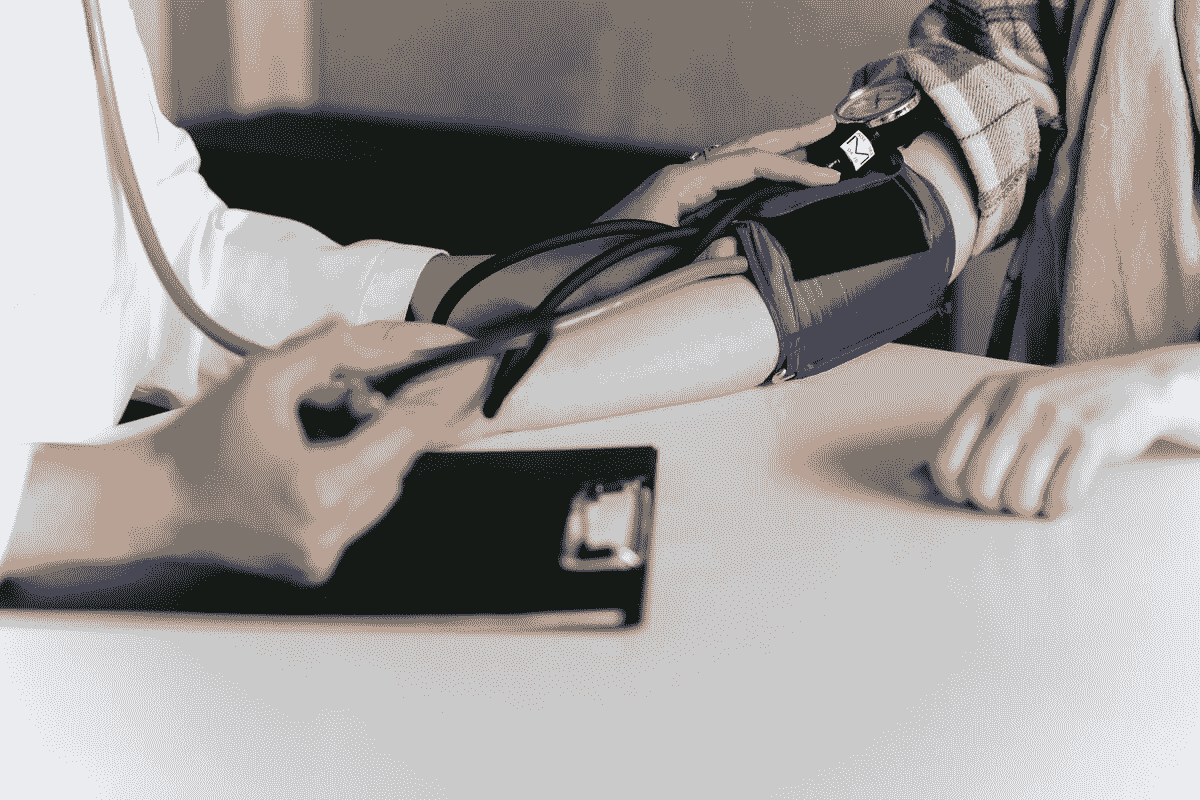Introduction
Chiropractic practices handle sensitive patient information on a daily basis, making it essential to maintain a balance between patient privacy and data security. With the increasing prevalence of electronic health records (EHR) and online billing systems, ensuring the confidentiality and security of patient data is more critical than ever. In this blog post, we’ll discuss the importance of balancing patient privacy and data security in chiropractic medical billing and provide tips for maintaining a secure and compliant billing process.
Understanding Patient Privacy Regulations
The Health Insurance Portability and Accountability Act (HIPAA) sets the standard for protecting sensitive patient information. Chiropractic practices must comply with HIPAA regulations to ensure the privacy and security of patient data. Understanding HIPAA requirements is essential for maintaining compliance and avoiding potential penalties.
Implementing Strong Data Security Measures
To protect patient data from unauthorized access or breaches, chiropractic practices should implement strong data security measures. This includes using encryption for sensitive data, regularly updating software and systems, and restricting access to patient information to authorized personnel only.
Ensuring Secure Electronic Transactions
Electronic billing systems are convenient but can also be vulnerable to security threats. Chiropractic practices should ensure that their electronic billing systems comply with HIPAA security standards and use secure methods for transmitting patient data, such as encrypted connections.
Training Staff on Data Security Practices
Staff training is crucial for maintaining patient privacy and data security. Chiropractic practices should provide regular training to staff on HIPAA regulations, data security best practices, and the importance of protecting patient information. This can help prevent accidental breaches and ensure that staff are aware of their responsibilities regarding patient privacy.
Conducting Regular Audits and Risk Assessments
Regular audits and risk assessments can help chiropractic practices identify potential security vulnerabilities and address them proactively. By conducting audits and assessments regularly, practices can ensure that their data security measures are up to date and effective in protecting patient information.
Establishing Data Breach Response Procedures
Despite best efforts, data breaches can still occur. Chiropractic practices should have established procedures in place for responding to data breaches, including notifying affected individuals and regulatory authorities as required by HIPAA regulations. Having a response plan in place can help minimize the impact of a breach on patients and the practice.
Conclusion
Balancing patient privacy and data security is essential for chiropractic practices to protect sensitive patient information. By understanding HIPAA regulations, implementing strong data security measures, ensuring secure electronic transactions, training staff on data security practices, conducting regular audits and risk assessments, and establishing data breach response procedures, chiropractic practices can maintain a secure and compliant billing process. Prioritizing patient privacy and data security not only protects patients’ sensitive information but also helps maintain trust and credibility with patients.





